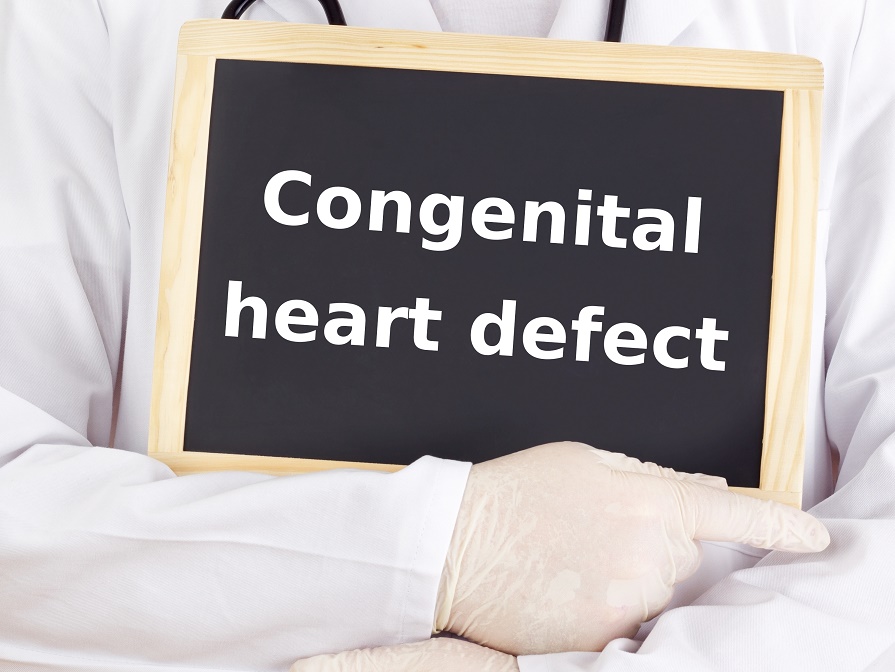The development of the human body is a work of wonder. Starting out from tiny cell, it divides rapidly over a period of 9 months, finally emerging out of the womb as a bundle of joy.
The birth of a child is amazing, and the first look that we as parents have of the fetus in the womb on the ultrasound scan is nothing but memorable.
The primary purpose of these scans is to pick up any defects early on during development, so that appropriate action can be taken if needed.
While the process of development of a foetus in the womb is probably the most organised process in the world, it is not uncommon for things to go wrong sometimes.
Defects that occur in the structure of the tissues during foetal development are called congenital defects.
Studies have shown that in India, 70 out of 1000 live births have birth defects. There are many kinds of congenital defects, some of which we have discussed below.
Risk Factors
What are the risk factors that can lead to an increased chance of the fetus developing congenital defects?
The common ones include –
- Increased maternal age – Women who have babies over the age of 35 years are at increased risk
- Poor planning of pregnancies
- Improper antenatal care – This refers to care taken prior to and just after conception.
- Pre-existing medical conditions in the mother such as diabetes, high blood pressure and epilepsy
- Consanguineous marriages – This refers to marriages between close relatives. This is more common in south India.
- Poor maternal nutrition – This includes consumption of alcohol and smoking during pregnancy
- Low socioeconomic conditions
Common Congenital Disorders
Heart defects
These are probably the most worrying to all parents.
A congenital heart defect is often regarded as a simple hole in the heart, but it is a lot more than that.
Sometimes, the blood vessels that emerge from the heart may develop in a ‘reverse direction’, resulting in oxygen poor blood getting circulated through the body.
Babies with these defects may have breathing difficulties, rapid heart beating, problems with feeding, bluish skin and even swelling in the legs.
These defects usually need some form of surgical correction. Some may need pacemakers.
Modern technology now permits detection of heart defects in the very early stages of foetal development. This way, action can be taken sooner rather than later.
Down syndrome
This is a well recognised birth defect amongst the general public.
It is seen in 1 in 800 births, and children typically have features such as small, slanted eyes, a small mouth, folded ears, large tongue, flattened nose and small hands and fingers.
Around 50% of children with this condition have hearing difficulties, and heart defects may also be present.
There is some degree of mental retardation; however a large number of these children still have the essential skills needed to live a normal life.
Cleft lip and palate
This is another common condition, that these days are detected when the baby is in the womb.
It is not clear what the cause of this condition is. Children with cleft lip and palate have a slit present in the upper lip that can extend into the nose and the palate in severe cases.
The cleft is a result of failure of fusion of the left and the right sides of the lip and palate during embryonic development.
Children with this condition may have difficulty feeding and difficulty speaking.
However, surgical correction of the defect is possible around 3 months of age for cleft lip, and between 6 months to a year for cleft palate. Scarring is minimal and quality of life is normal after repair.
Club foot
This condition is common in boys, and occurs in 1 in 400 births worldwide.
It is a deformity of the feet and ankles, resulting in the foot getting ‘folded inwards’ to look like the end of a club.
Mild cases are usually painless, but severe club foot can be quite painful.
Once detected, treatment usually involves gentle correction of the defect using different manoeuvres and exercises.
Severe cases may require plaster casts or special shoes that have to worn up to 6 months of age.
Spina Bifida
This is an uncommon condition and is characterised by the presence of defect in the lower part of the spinal column.
Spina bifida is described as a neural tube defect. A neural tube is a precursor in the development of the spinal column, and defects in this structure can now be detected sooner through fetal ultrasound scans that are performed during pregnancy.
The condition may be harmless, though some children may have problems with bowel and bladder control.
Surgical correction may be performed within the first 2 days of birth, and physical therapy may be needed in the future to allow for normal mobility.
What To Do As A Parent
If your child has a birth defect, do not panic.
Modern treatments have made it possible for children with birth defects to have completely normal lives.
Make sure you get the advice you need from a pediatrician who will guide you regarding the future and prepare you for any situations you may encounter.
It is important for all pregnant women to get their ultrasound scans done as scheduled as these can pick up serious problems even before the baby is born.
For more academic articles by Dr Vivek Baliga, click here.
- Gallbladder Stones – Do I Need Surgery? - April 18, 2021
- Urine Infection? Causes, Treatment & Prevention - July 15, 2020
- Vitamin D – All You Need To Know - July 11, 2020
